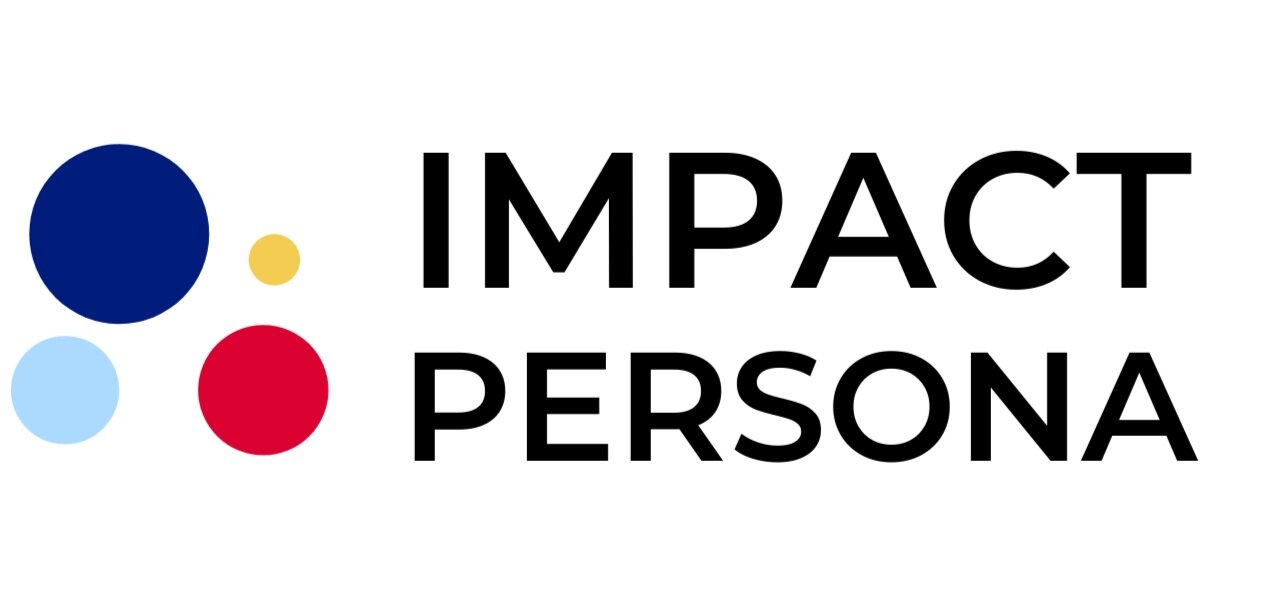Here are the Secrets to Building a High Performing Team for 2025
The Hidden Struggles of Building a Winning Team
Building a high-performing team has never been more challenging. Crafting a high-performing team is akin to solving a complex puzzle – each piece must fit perfectly to reveal the bigger picture. The journey from talent acquisition to long-term retention is a rollercoaster ride of triumphs and challenges.
Teams often struggle with mismatched personalities, communication breakdowns, and unclear expectations. For example, Melissa, a People & Culture Manager, recently onboarded a team member who excelled in technical expertise but found it difficult to integrate due to personality clashes with co-workers. It’s a reminder that assembling a team isn’t just about filling roles; it’s about creating a cohesive unit where individuals can thrive together.
Why Skills Alone Aren’t Enough
Skills get someone through the door, but personality keeps them at the table. Building a team isn’t just about ensuring every role is filled with someone competent; it’s about understanding how people interact.
For instance, James, a Sales Director, recently discovered that two of his top performers often clashed because of differing communication styles. One was direct and results-focused, while the other valued harmony and careful consideration.
By recognising these personality dynamics, James used the principles of DISC to navigate their differences, ultimately enhancing their collaboration. The best teams succeed not only because of individual expertise but because their members understand and adapt to each other’s styles.
Breaking Through Isolation
Collaboration is the lifeblood of success. However, isolation has exacerbated the disconnection between teams, hindering teamwork and innovation.
Lisa, a project manager in a mid-sized firm, faced this when her marketing and product teams struggled to share ideas. She introduced regular cross-departmental meetings which included activities where team members identified their DISC profiles and shared their preferred communication styles. By understanding each other's needs, whether it was a direct approach for high-D (Dominance) styles or a collaborative tone for high-S (Steadiness) styles, team members began to communicate more effectively and naturally.
The result? A marketing campaign that outperformed expectations, thanks to the improved understanding of communication preferences and better alignment between the teams. True collaboration doesn’t happen by chance; it’s nurtured by intentional actions and consistent efforts.
What Other Creative Approaches might Help in Team Connections
As hybrid work is now the norm, the dynamics of teamwork have shifted. Remote work offers flexibility, but it also creates challenges in fostering connection and trust. Take Matt, who manages a hybrid team of designers. He found that while remote working boosted individual productivity, the team also admitted that they felt less connected with each other.
To address this, Matt introduced a DISC-themed activity where team members were paired each week to discuss their communication preferences based on their DISC profiles. This helped individuals understand how their teammates preferred to be approached and fostered meaningful connections. He also scheduled quarterly in-person meetups.
These simple initiatives helped rebuild camaraderie and ensured that his team’s creativity didn’t suffer despite the physical distance. Building cohesive teams in a hybrid world requires innovative approaches to bridge the gap between remote and in-person collaboration.
How DISC Can Help or Bring an Added Dimension to the Team Building Process
DISC profiling can be a game-changer in team building. By understanding individual behavioural styles, you can tailor strategies to optimise communication, collaboration, and engagement. For example, when Emma, a HR Consultant, used DISC profiling with her client’s team, she uncovered that a key team member, Jake, was a high-D (Dominant) style who thrived on quick decision-making and action. Meanwhile, his colleague, Mia, a high-C (Conscientious) style, needed detailed information before committing to plans. DISC insights helped them understand each other’s preferences, reducing friction and improving productivity.
In 2025, the most successful teams won’t just be well-rounded in skills; they’ll be deeply attuned to the dynamics that make collaboration seamless. By addressing pain points, fostering collaboration, embracing hybrid work challenges, and leveraging tools like DISC, you can unlock the true potential of your team.
Ready to unlock the secrets to a high-performing team for your 2025 Strategy? Let’s chat!
Book a free 15-minute discovery session and get your free tailored download to help your team with your specific team dynamic challenges.
